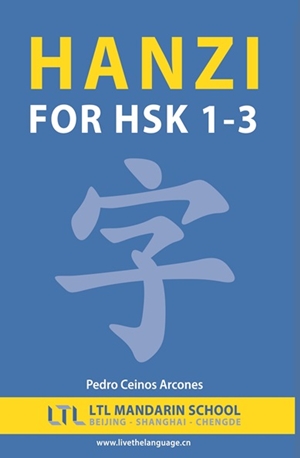The Kudzu vine, a necessary plant.
In the last edition of my book on Chinese characters I explained the character 葛 as follows:
gé – kudzu vine. A plant 艹 asked 曷 for its beneficial properties and for its use in making clothes.
And in turn曷 is explained:
hé – how, why? In JGW was a knife刀 that blinds (亡 = 盲) somebody. From blind to beggar. Beggar 匃 (now 丐), is interpreted as a person 人 crouching 勹 who enters a hidden place 亡, or who has none. In the upper part is his mouth 曰 who begs for alms. People asks, how did he get into that situation? As part of other characters it means asking, needing, or gives the idea of a cut.
But today, nobody understands clearly how important this plant was in the ancient culture of China when Chinese characters were created. That is why I share part of one of the poems from the Book of Songs, which is precisely titled 葛覃.
«The ge has spread through the valley.
Large and beautiful are its leaves.
I will cut and cook its long stems.
With its fibers I will weave cloth, some fine and some coarse.
I will dress with them without ever becoming bored.»
And Carmelo Elorduy, the translator and editor of the text, points out, «The leguminous ge was the textile plant par excellence.»
Hopefully this clarification will help to remember this character:
References:
Ceinos Arcones, Pedro. Caracteres Chinos: un aprendizaje fácil basado en su etimología y evolución. Miraguano Ediciones. 2016.
Elorduy, Carmelo. Romancero Chino. Editora Nacional. Madrid. 1986.
More posts on Chinese characters
12 Chinese idioms related to the tiger
12 Chinese idioms related to the tiger With the arrival of the Year of the Tiger 2022, here are 12 set phrases (chengyu) related to the tiger, so that those who are getting familiar with the Chinese language can practice one each month. As a wolf, as a tiger 如狼似虎...
Caractères chinois – le livre
Caractères chinois - le livre Ce livre est consacré à révéler à l'étudiant occidental le "mystère" des caractères chinois, rendre leur apprentissage simple, fournir les clés pour entrevoir le sens et la prononciation des caractères inconnus. Pour ce faire, nous allons...
Chinese characters -person
A sample of the first three pages of the English translation of my book on Chinese characters 人 rén – person, human being • adult • each. This is a pictogram of a person standing, with legs separated. Person > kind of person > every > other. It is one of the...
The magic of Chinese characters
The magic of Chinese characters The written word, the Chinese characters, have had from their very origin, a magical meaning for the Chinese. There is no doubt that for them a character is not only a symbol of the concept it claims to represent but the object itself....
Chinese idioms
Chinese idioms One of the most difficult aspects of Chinese is to learn is the so-called idioms or chengyu (成语). In general, they refer to short sentences composed of four characters that allude to some historical fact or literary anecdote from ancient times. Its...
The character chai 拆- dismantle
The character chai 拆- dismantle One of the most frequent characters in the urban scenery of the China of the development and the transformation is chai 拆- dismantle. Any walk through the old neighborhoods of most Chinese cities continually led to being confronted...







